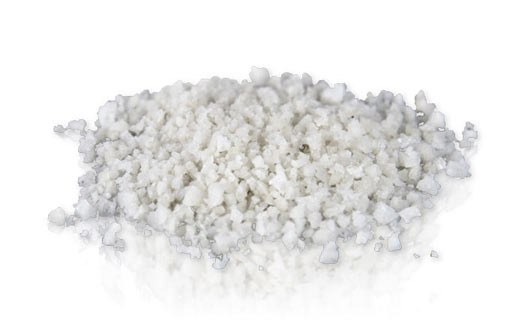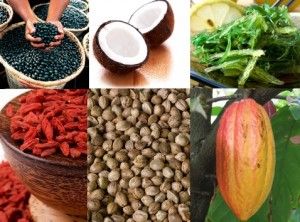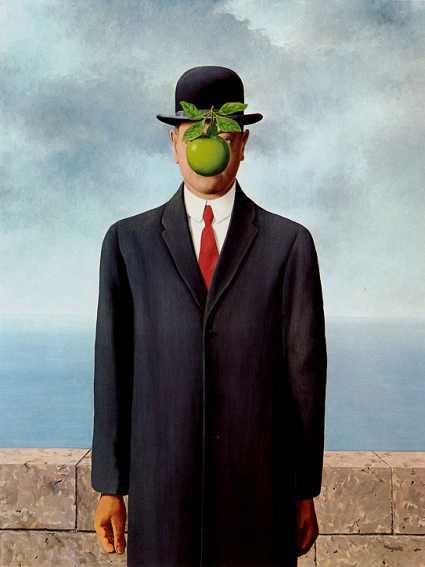This is another Finnish food guru. On Tuesday she gave a talk at my brother's gym and he invited me to come and listen. It was well worth it, she confirmed what other gurus are saying, but she also enlightened me on a few new things. This woman's got energy, she was bouncing around the room and talking and talking about everything and she almost couldn't stop in the end. The feeling I got was that she really knows what she's saying and is passionate about making people happy and healthy. She's done a lot and whatever she claims is from personal experience and experiment. She has studied biochemistry, microbiology and biomechanics amongst other things, and she has worked in several relevant places, as well as in industrial law. She has also studied functional medicine and is training others in the field. She's written 3 books and there are several more to come. This post is a summary of her talk, which couldn't possibly include everything she's said, which you can read more about
here and
here (unfortunately this is all in Finnish).
- The first thing she said was that
you can always get rid of all symptoms. Taking care of eating well is the most important thing here.
- Our most important organ is our bowel. If our bowels are not well, we can never feel good.
- The atkins diet or whatever it's called, when you eat only red meat and fat, is extremely dangerous because it builds a community of toxic bacteria in your stomach. These then move to your liver because that's the organ that deals with toxins, and after the liver can't deal with it, the bacteria finally moves to your brain. This can be referred to as self-toxification.
-
Health is not the absence of disease, it is feeling great. But even so, health naturally includes ups and downs, so don't think you have to strive towards being full of energy and perfectly happy every second of your life.
- Just because you don't have a disease does not mean you're healthy, which is what people often think. We experience headaches, bloating, irritable bowels, wind, fatigue, slight depression, lack of energy, etc. and think it's all just normal and part of being human. Well, you don't actually have to experience any of this. But if you go to a doctor they will give you a bunch of pills for the symptoms instead of revealing their source. And the pills do not even work, and if they do, they usually only give temporary relief until the symptoms return, often stronger. The key is nutrition, but without stress of course.
- Things we can influence in order to feel better: the blood sugar roller-coaster, our bowels, fatty liver disease, immune defence, brain function, hormone function, stress, exercise, getting fresh air, smoking/alcohol/medicine use.
-
Vitamin D is the only nutrient we normally need to take as a supplement. It is a multifunctional hormone that for example prevents autoimmunal diseases. It is best taken in the mornings with fats, and at least 50 micrograms per day is recommended.
- Our brains are 60% fats, so you can imagine how well they might function if we consume only bad fats...
- In order to produce serotonin, which makes us happy, we need B-vitamins and zinc, which can be found in natural food.
- Cola drinks (coca cola, pepsi, or any other non-organic ones) contain phosphoric acid which is a rust-prevention substance and is extremely dangerous.
- Fat is normally stored in the buttocks in women and in the stomach in men. While none is good or looks nice, the difference is that the tummy-fat in men is more dangerous because it surrounds our vital organs and helps maintain a chronic inflammation.
- We should eat 3 tbsp of cold-processed high-quality oils every day, and never eat processed vegetable fats, which are treated with hexane.
- In the olden days when milk was still milk and not a pasteurised unidentified liquid, we got enough lactic acid bacteria from our food. Now that's not the case and as such eating these as a supplement is recommended to keep our bowels happy.
- The Finnish wheat is a different species than the one cultivated elsewhere. It is apparently worse than others which could explain the high proportion of wheat allergies in the country.
- Allergies are possible to get rid of. The way to start is by leaving out milk and all cereals from your diet. That is also the way to cure your bowels of problems. Later, when you feel better, you can reintroduce some good-quality cereal and dairy products to your system.
- Raw cacao should not be eaten in excessive amounts as it contains oxalic acid which in the long run burdens our kidneys.
- Eating calcium as a food supplement is risky because it can result in calcification. Normally we don't need to take calcium tablets because a healthy diet gives us all the calcium we need. It is also a myth that milk is the best source of this nutrient, which is found in many vegetables.
This is everything I had time to write down, the pace of this talk was not the slowest. I hope I get another chance to see Paula and I'll definitely try and get hold of her books.
Have a happy weekend full of love!
Emma








































